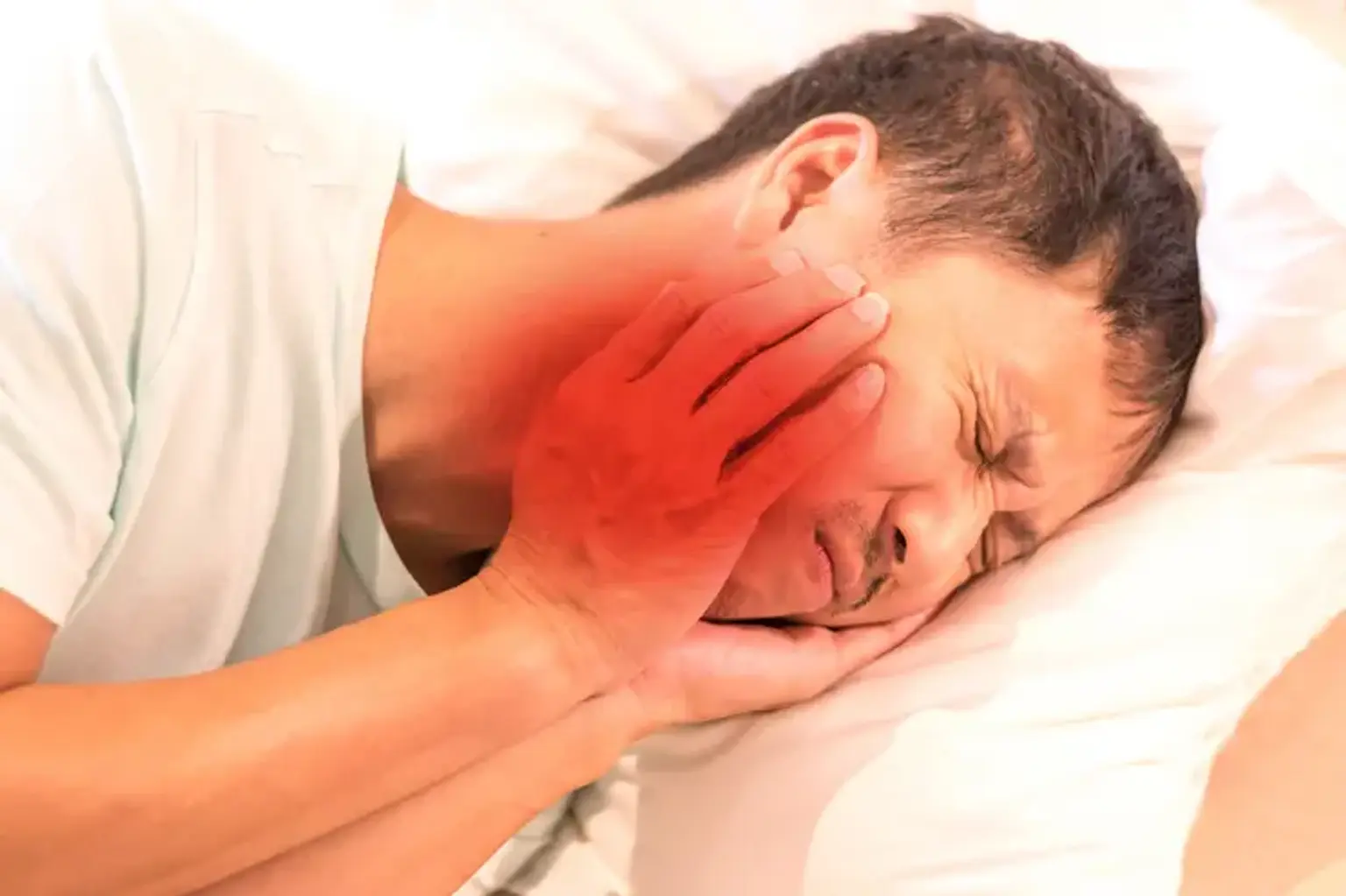Neuritis of the facial nerve
Overview
The facial nerve is a nerve that governs the side muscles of the face. It lets us to express ourselves through smiling, crying, and winking. A facial nerve injury can result in a socially and psychologically debilitating physical abnormality; while most instances cure spontaneously, therapy may eventually need considerable rehabilitation or numerous operations.
The motor and parasympathetic functions of the facial nerve, as well as taste to the anterior two-thirds of the tongue, are all carried out by it. It also regulates the salivary and lacrimal glands. The upper and lower face muscles are controlled by the motor function of the peripheral facial nerve. As a result, Bell palsy diagnosis necessitates paying close attention to forehead muscle strength. If the strength of the forehead is retained, a primary source of weakness should be addressed.
